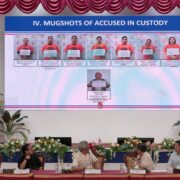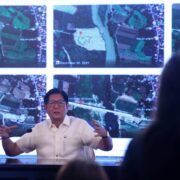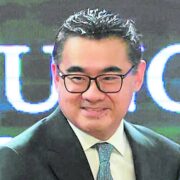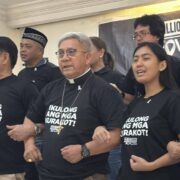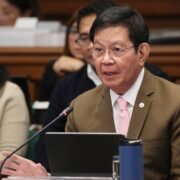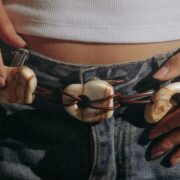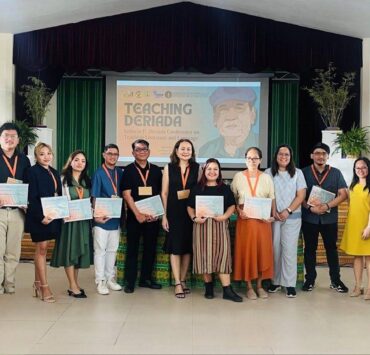Pasig opens revamped museum

When Pasig is mentioned, an institution that easily comes to mind is the 126-year-old Panaderia Dimas-Alang, known for its pandesal, bonete, and biscuits called hindi ko akalain.
Apart from this, Pasig, founded in the late 16th century, is likewise known for other landmarks such as its church complex, sprawling market, the revolving tower which is an impressive modernist structure, and the Pasig River itself, an important historic waterway.

Peopled since at least 200 BC, Pasig has a rich history and heritage as evidenced by archaeological findings, customs, traditions, and its built environment.
It has a precolonial pottery tradition, particularly in the areas of Buting and Malapad na Bato (now parts of East and West Rembo in Taguig). It was an ancient trading post, and its society was forged by many local and foreign influences.
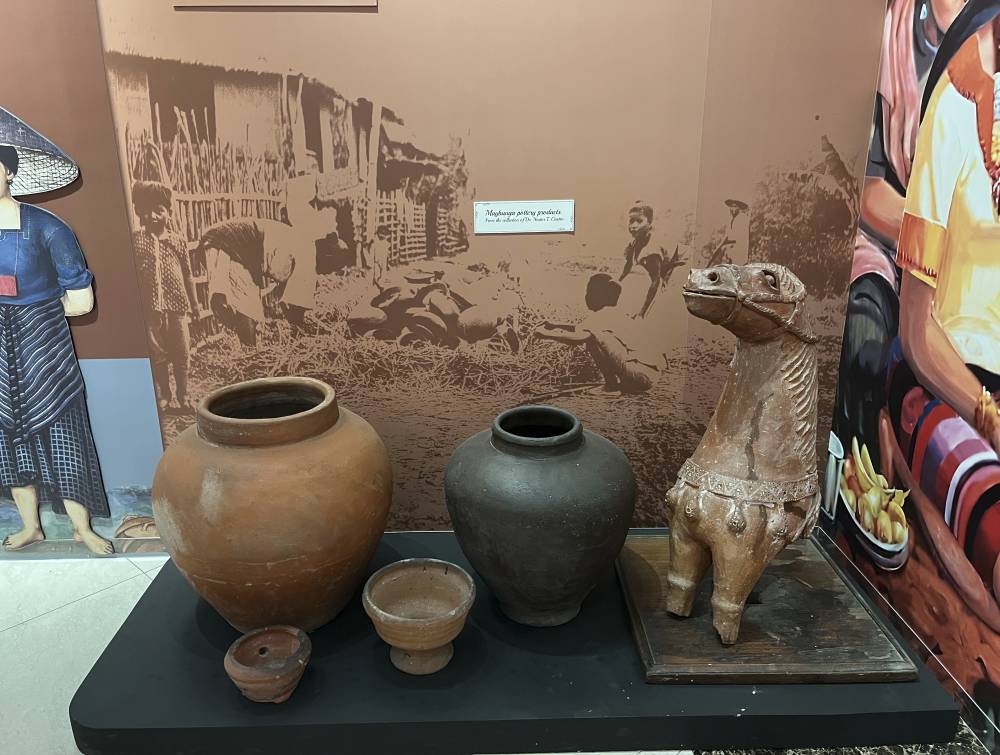
It likewise played important roles in history such as being the battleground in 1762 during the British occupation of Manila and neighboring areas, the place of the successful Nagsabado Uprising of the Katipuneros in 1896, a “bastion of dissent” during the administration of Ferdinand Marcos, as the former capital of Rizal Province, and the hometown of its illustrious sons and daughters.

It also has a popular devotion to the Our Lady of Immaculate Conception, its patroness. Pasig’s church, now a cathedral and dedicated to the latter, was used as a stable by the British forces in 1762.
Historic mansion
All of these, as well as the other facets of the city’s historical, cultural, religious, and economic fabric, are featured in its recently reopened Pasig City Museum, housed at the historic American-era Concepcion Mansion that’s located on Plaza Rizal across the cathedral.
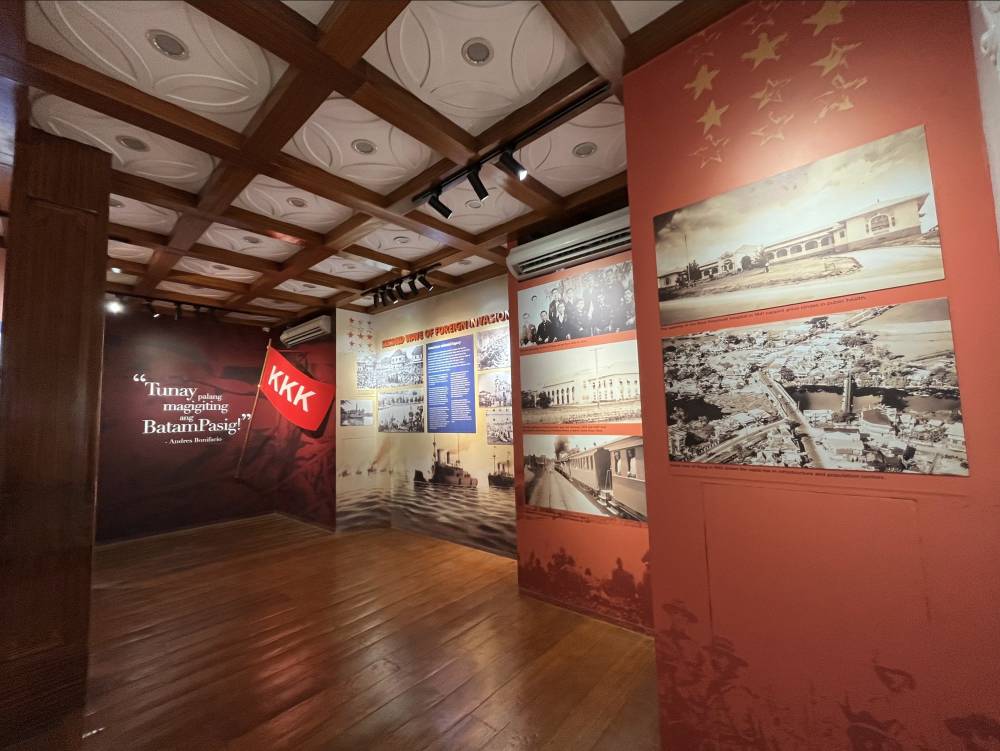
Closed for eight years, the museum, which started as the Pasig Library and Museum in the 1980s following the city’s acquisition of the house from its owners, was inaugurated on March 26 with local officials led by Mayor Vico Sotto in attendance.
Prior to its reopening, the house, an Important Cultural Property, was renovated more than 20 years ago and, in 2001, became exclusively the city’s museum. It was again rehabilitated in 2008 and temporarily closed down less than a decade after.
At the recent reopening, Sotto was quoted as saying that the goal of the museum is for all Pasigueños to appreciate the city’s history, culture, and the arts.
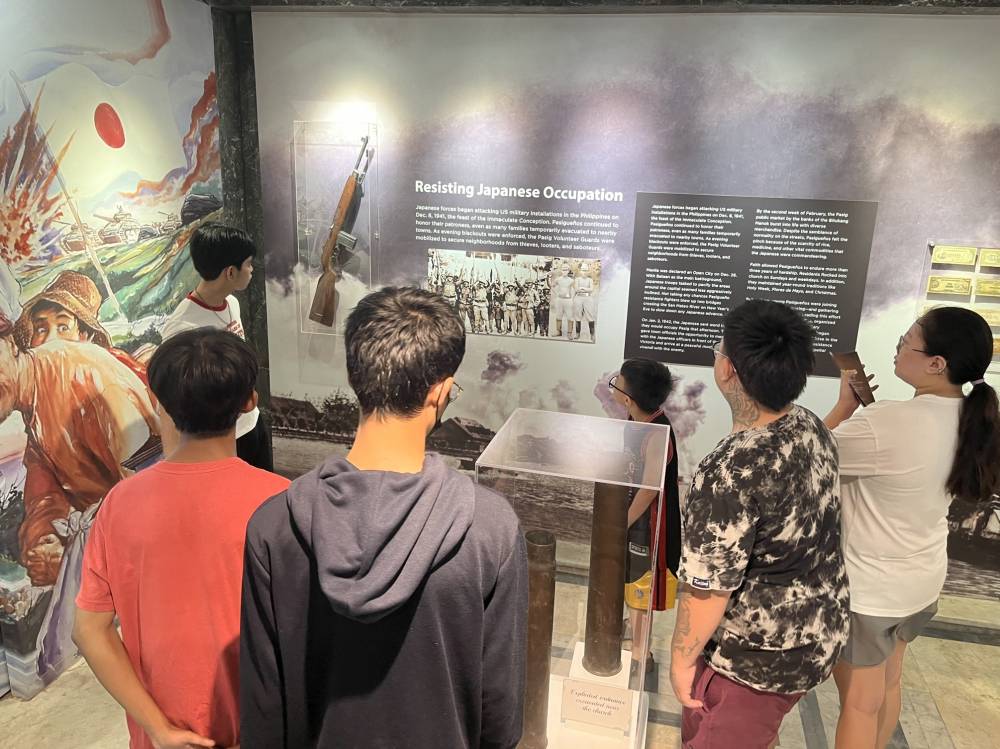
The museum chronicles Pasig’s development from a rustic town to the highly urbanized city that it is today. A gallery is also dedicated to the Pasig River and its tributary, the Bitukang Manok River.
Also presented in the museum are its business district forming part of the Ortigas Center, and other landmarks as well as programs on inclusive development and climate resiliency. A room reserved for the original owners displays original period furniture as well as other artifacts.
Pasig’s pride
The museum also takes pride in institutions and personalities who helped shape the city into what it is today and contributed to the development of the country as a whole.
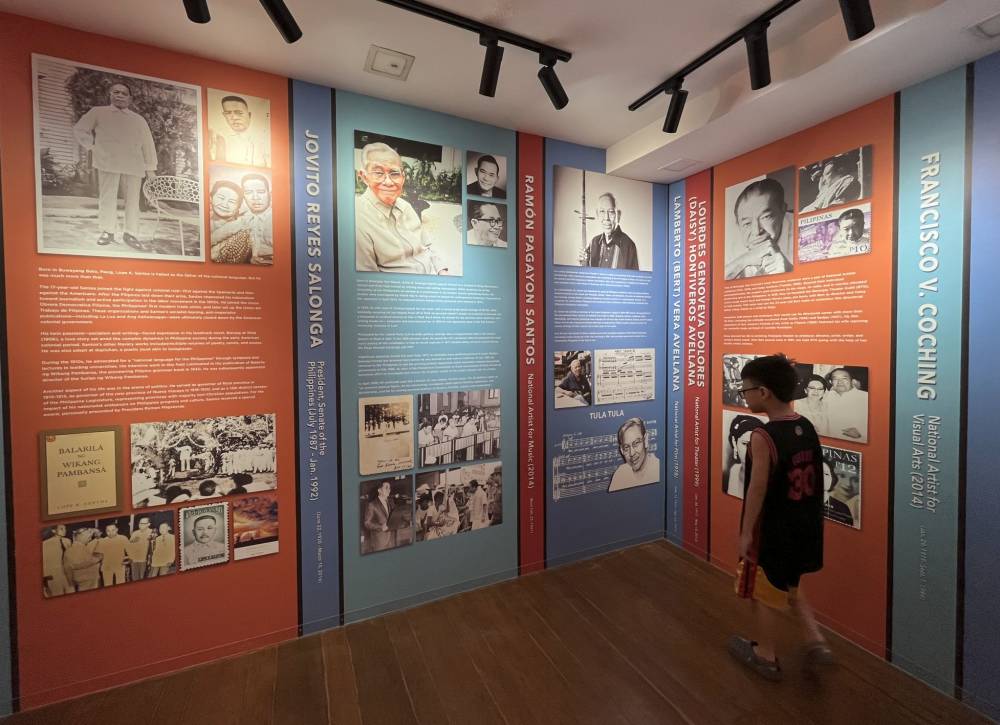
Some of the companies include Universal Robina Corporation, RI Chemical Corporation, and the shirt brand Crispa. Distinguished Pasigueños include National Artist for Music Ramon Santos, National Artist for Film Lamberto Avellana, National Artist for Theater Daisy Hontiveros Avellana, and National Artist for Visual Arts Francisco Coching.
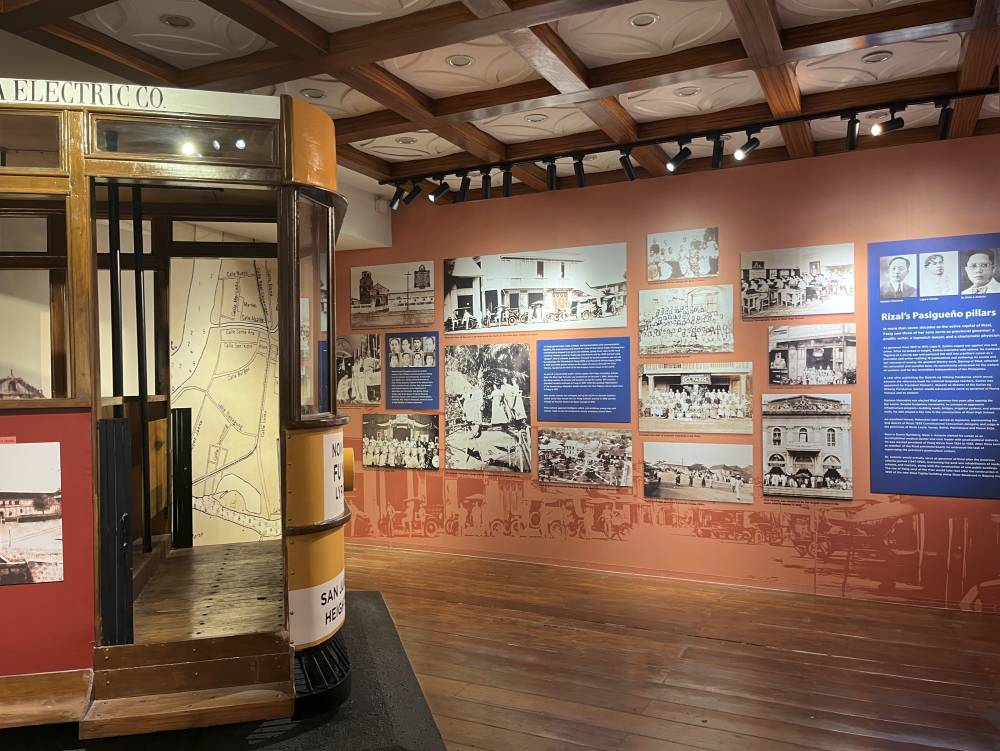
Former Senators Jovito Salonga and Rene Saguisag, philatelic designer Nemesio Dimanlig Jr., historian Luciano P.R. Santiago, and former Rizal governors Mariano Melendres, Lope K. Santos (also the Father of Filipino grammar), and Dr. Sixto Antonio are likewise honored by the museum.
Guests are toured by well-informed student guides. The museum is open Tuesdays to Sundays, 9 a.m. to 4 p.m. except for Fridays when it closes at 5 p.m.


